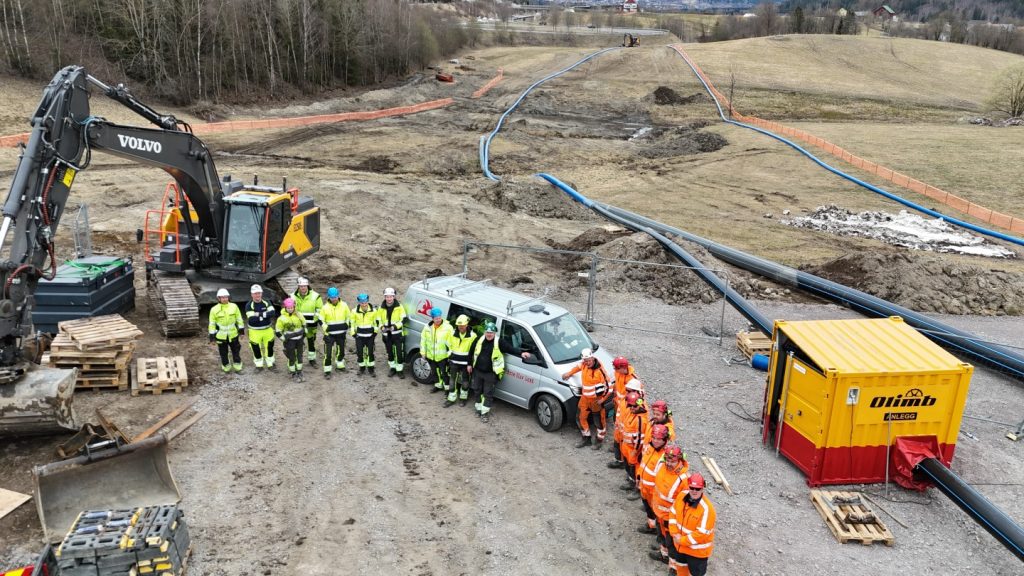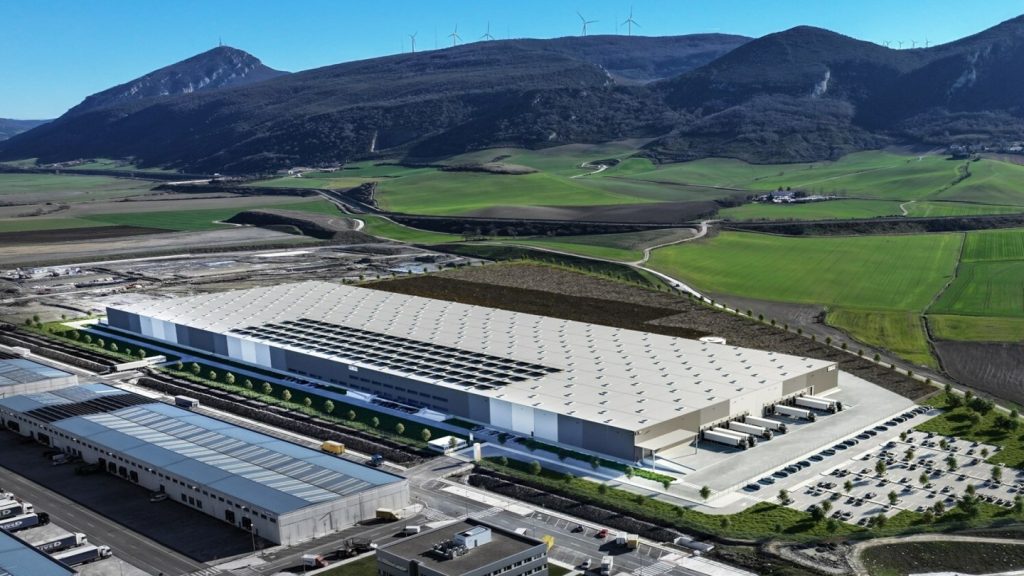Chiyoda has filed a patent for a management system that estimates the maximum processing amount of fluid in a pipeline. The system uses sensors to obtain measurement values from devices in the pipeline and inputs them into a physical model based on the devices’ physical properties. The system also predicts the pressure in the pipeline and compares it with the actual measured value to estimate the maximum flow rate. GlobalData’s report on Chiyoda gives a 360-degree view of the company including its patenting strategy. Buy the report here.
According to GlobalData’s company profile on Chiyoda, syngas production was a key innovation area identified from patents. Chiyoda's grant share as of September 2023 was 19%. Grant share is based on the ratio of number of grants to total number of patents.
Management system for estimating maximum fluid processing amount in pipeline
See Also:
A recently filed patent (Publication Number: US20230280000A1) describes a management system for monitoring and controlling the operating condition of a fluid pipeline. The system includes a processor that obtains measurement values from sensors installed in the pipeline devices. These measurement values are then used to estimate the maximum processing capacity of the entire pipeline by inputting them into a physical model based on the properties of the devices.
In order to estimate the maximum processing capacity, the processor also takes into account an upper limit value of a specific physical quantity related to the behavior of at least one device in the pipeline. The physical model outputs a predicted value of the pressure in the pipeline, and this predicted value is compared with the actually measured value of the corresponding pressure. The processor then determines the flow rate at which the predicted value matches the measured value, which represents the maximum processing capacity of the pipeline.
The management system also includes additional features such as checking the validity of the physical model by comparing predicted and measured values, detecting performance deterioration of individual devices by comparing predicted and measured physical quantities, displaying predicted and measured pressure values on an output screen, and estimating an optimal pumping pressure based on the maximum processing capacity.
Furthermore, the system can identify bottleneck sections in the pipeline by dividing it into evaluation sections and comparing the estimated maximum processing capacities. If the pipeline consists of multiple interconnected pipelines, the system can estimate the balance among the maximum processing capacities of these pipelines by dividing them into evaluation blocks and comparing the estimated capacities.
The patent also describes a management method for the pipeline operating condition, which follows a similar process as the system. Additionally, a non-transitory computer-readable storage medium is mentioned, which stores instructions for executing the management method.
Overall, this patent presents a comprehensive management system and method for monitoring and controlling the operating condition of a fluid pipeline, allowing for efficient and optimized processing of the fluid.
To know more about GlobalData’s detailed insights on Chiyoda, buy the report here.
Premium Insights
From

The gold standard of business intelligence.
Blending expert knowledge with cutting-edge technology, GlobalData’s unrivalled proprietary data will enable you to decode what’s happening in your market. You can make better informed decisions and gain a future-proof advantage over your competitors.





